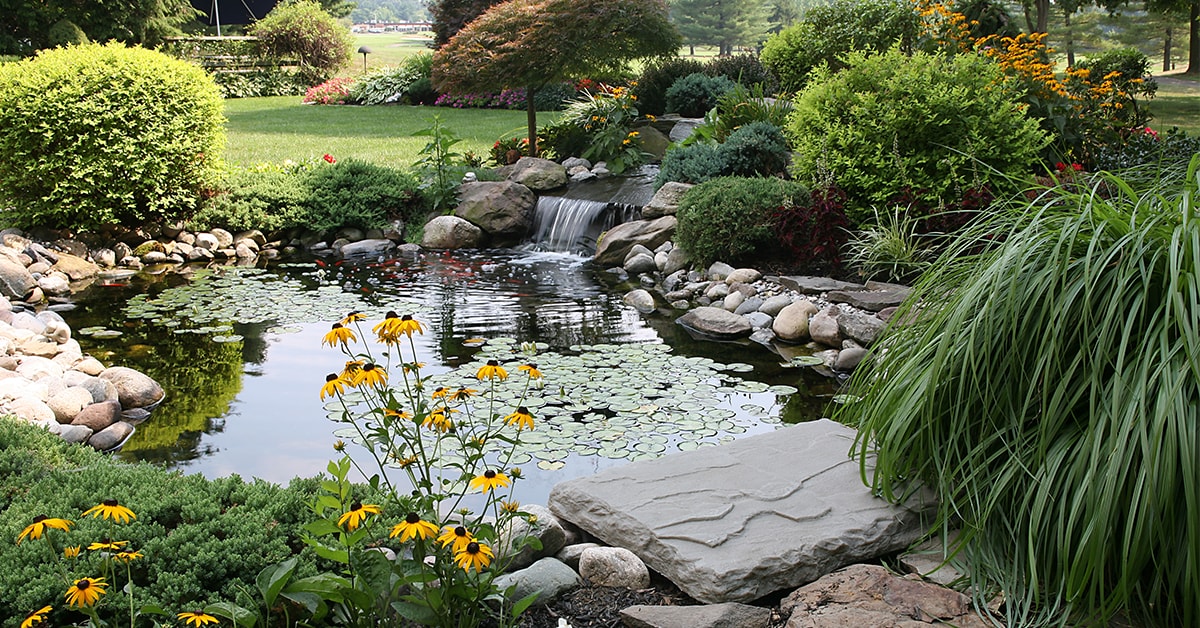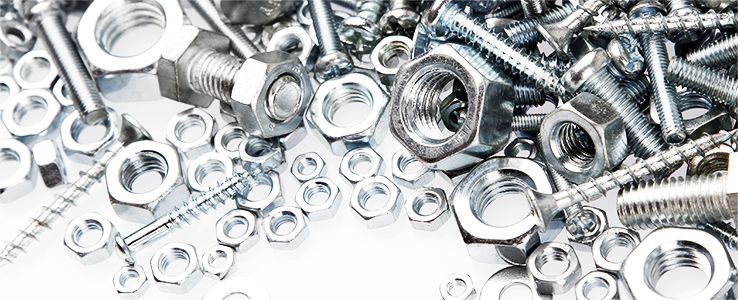Types of Garden Hoses
Watering is a pleasure when using a garden hose, accessories, and related storage items designed to suit the task.
First of all, it is important to think about how you will use this new tool. Find the appropriate garden hose and accessory tools suited to fit each task. You must include any additional work that the new hose will be used for, such as cleaning the exterior of the house or supplying water to your RV when making your final choice.
Types
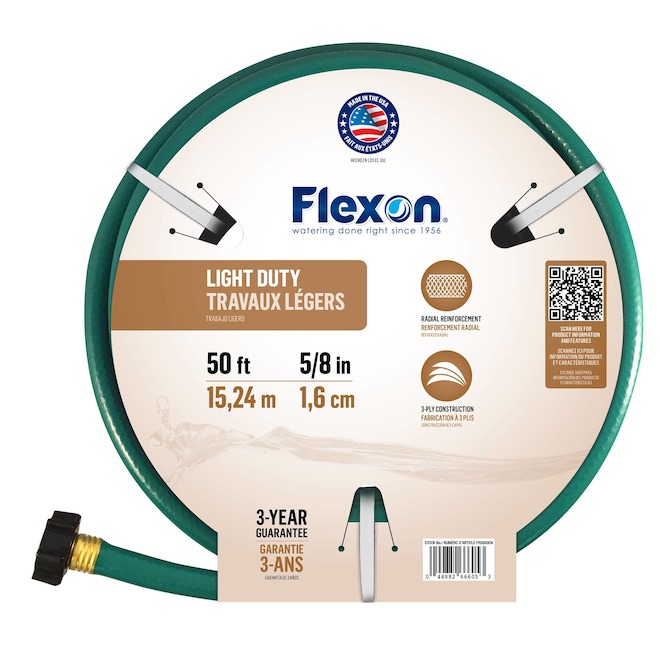
Utility Level I Vinyl (PVC) Garden Hose
The most commonly purchased garden hose is the vinyl or PVC hose because it is both economical and lightweight.
Features
- Lightweight, therefore best for light watering
- Non-durable: Needs to be replaced every 2 or 3 years
- Usually reinforced with polyester mesh
- Ideal for residential watering purposes
- Built for mild climates
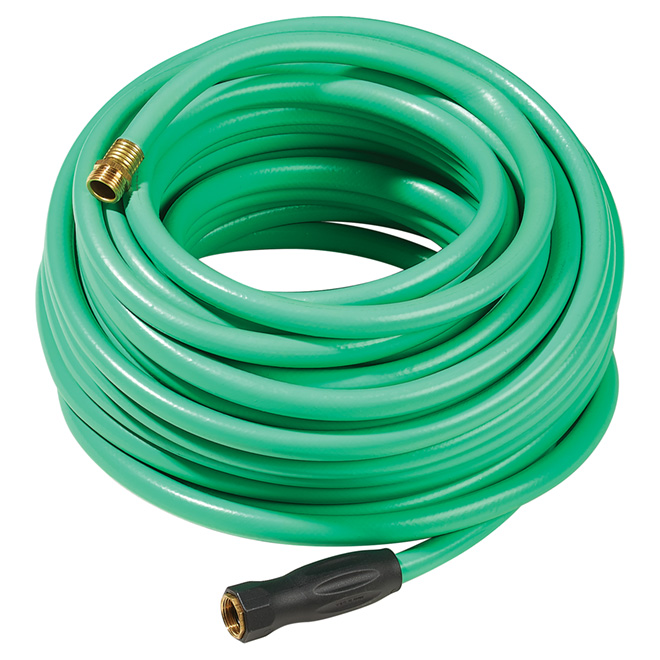
Utility Level II Rubber (EPDM) Garden Hose
Rubber (or EPDM) garden hoses are a step up from the vinyl hoses because they can handle heavy duty watering projects, are more durable, and can handle harsher temperature conditions.
Features
- More expensive and heavier than vinyl
- Tolerates hot water, resistant to cracks and ozone deterioration
- Durable, equipped with a high-pressure gauge; smaller risk of being damaged because of high pressure water
- Not reinforced
- Residential or commercial; for all types of watering
- Built for harsher climates
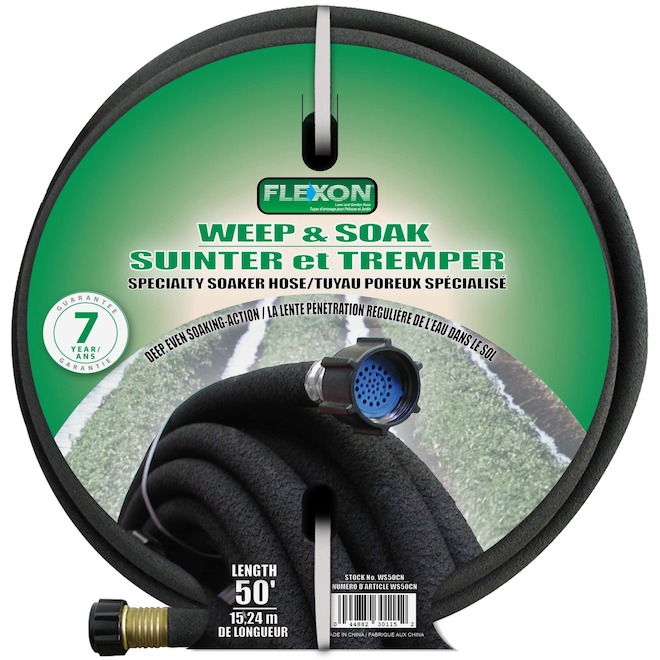
Soaker Garden Hose
Soaker garden hoses have thousands of tiny holes punched along it. They are ideal for watering garden beds and even the most delicate plants.
Features
- Average weight
- Moderately durable
- Reinforced with a mix of vinyl and rubber
- Convenient for soft or harsh climates
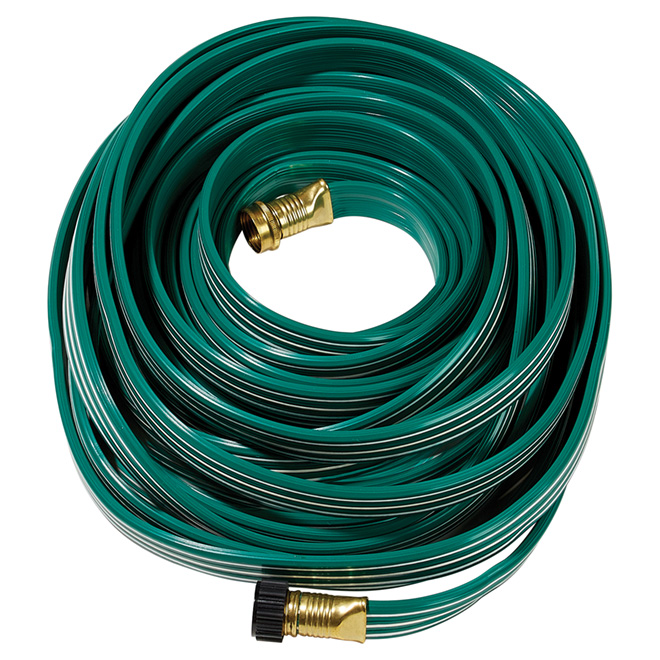
Sprinkler Hoses
Sprinkler hoses have hundreds of tiny holes, as opposed to thousands like the soaker hose. These perforations emit tiny sprays of water ideal for lawn watering. This hose is ideal for applications where a lot of water is needed such as watering grass, shrubs, and even newly planted trees.
Features
- Average weight, moderately durable
- Reinforced with a mix of vinyl and rubber
- Ideal for watering the lawn, shrubs or trees that require a lot of water
- Convenient for soft or harsh climates.
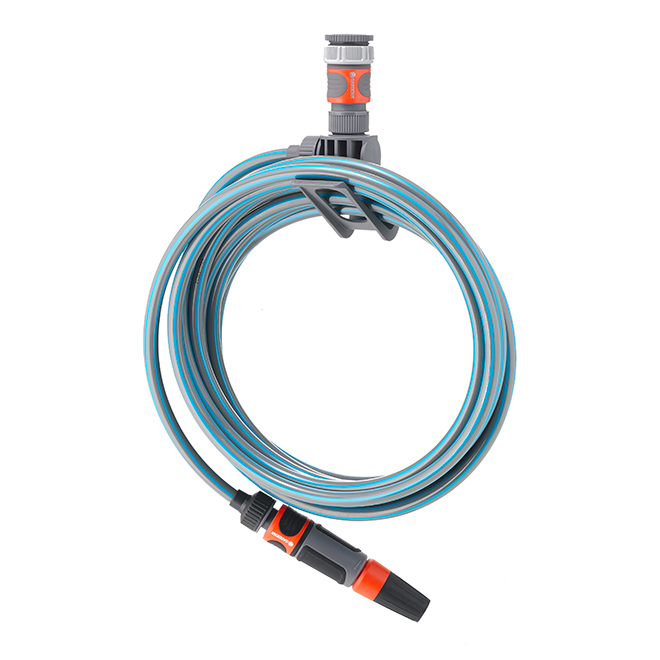
Coiled Hose
Though not a popular choice because of decreased durability, coiled hoses stretch out and spring back into place naturally.
Feature
- Lightweight, risk of it getting caught on lawn furniture or shrubbery
- In order to coil easily, it is not reinforced
- Ideal for low pressure watering of the garden such as potted plants
- Low durability, precautions must be taken to avoid punctures. Must be suspended to at least two wall hooks for storage
- Convenient for soft climates
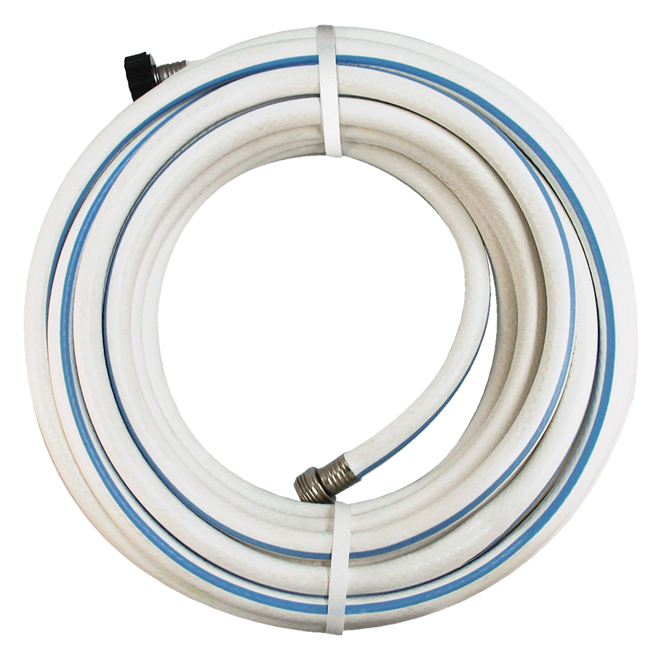
Hose for Recreational vehicles (Campers, RVs and Boats)
Nontoxic garden hoses may be labeled as camper, RV, or boat hoses. This type of garden hose is specifically designed to safely carry drinking water to a recreational vehicle such as an RV thanks to its antimicrobial coating.
Features
- Light to average weight
- Reinforced materials
- Ideal for campers, RVs and boats
- Can be used to transport drinking water
- Convenient for soft or harsh climates
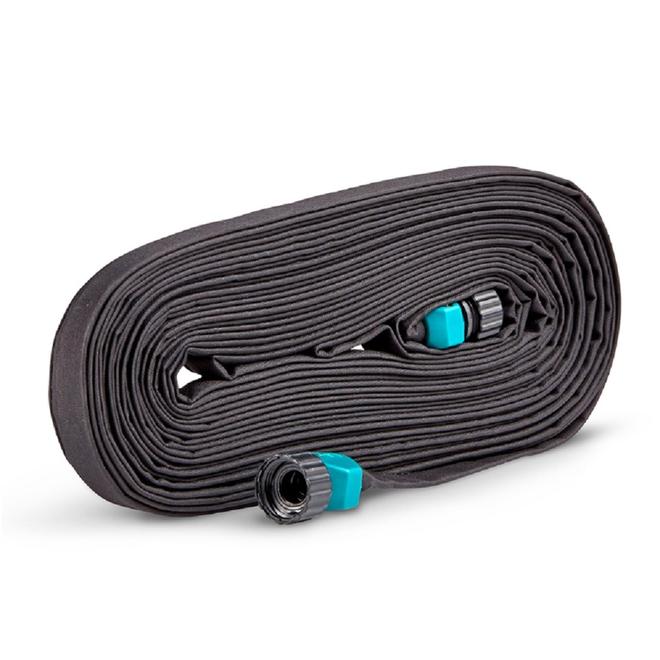
Flat Hose
Flat hoses are lightweight and easy to store as they compress when not filled with water. Water pressure causes the hose to inflate, but it takes back its shape after the water is turned off. Flat hoses tend to get snagged easily but are ideal for tasks that require a very long hose that would be too heavy to transport if made with any other type of material.
Features
- Light weight; can be heavy if long
- Non-durable; precautions must be taken to avoid punctures
- Not reinforced
- Useful when a very long but manageable hose is needed
- Built for soft or harsh climates















